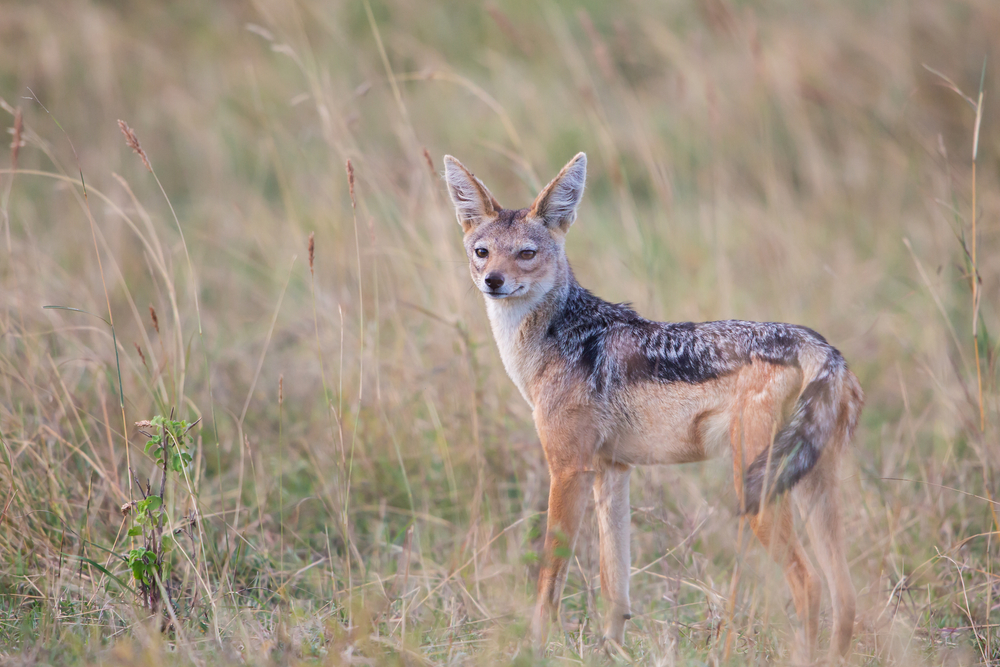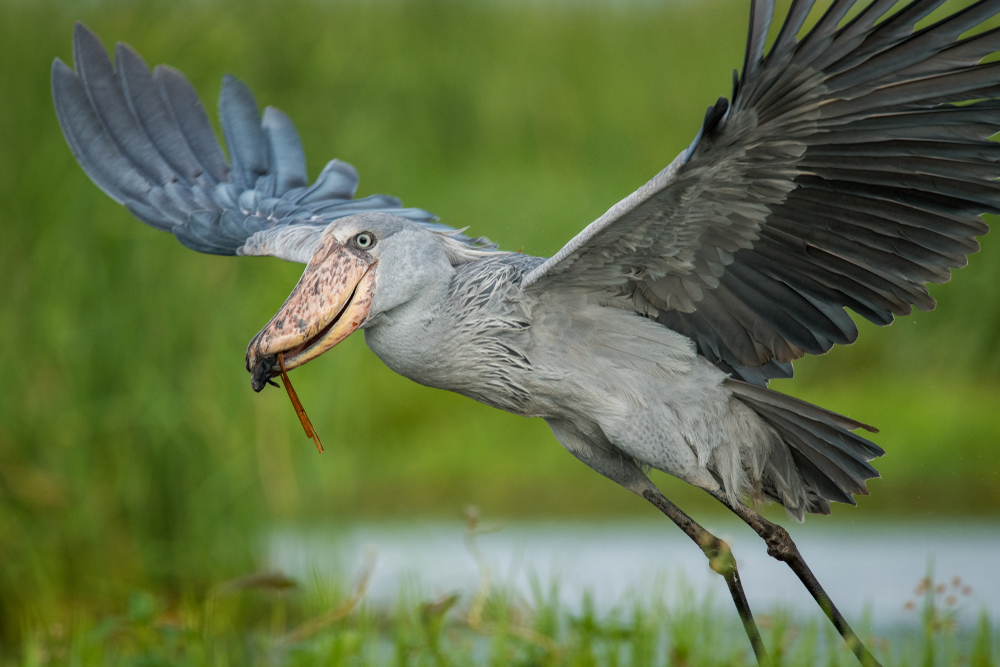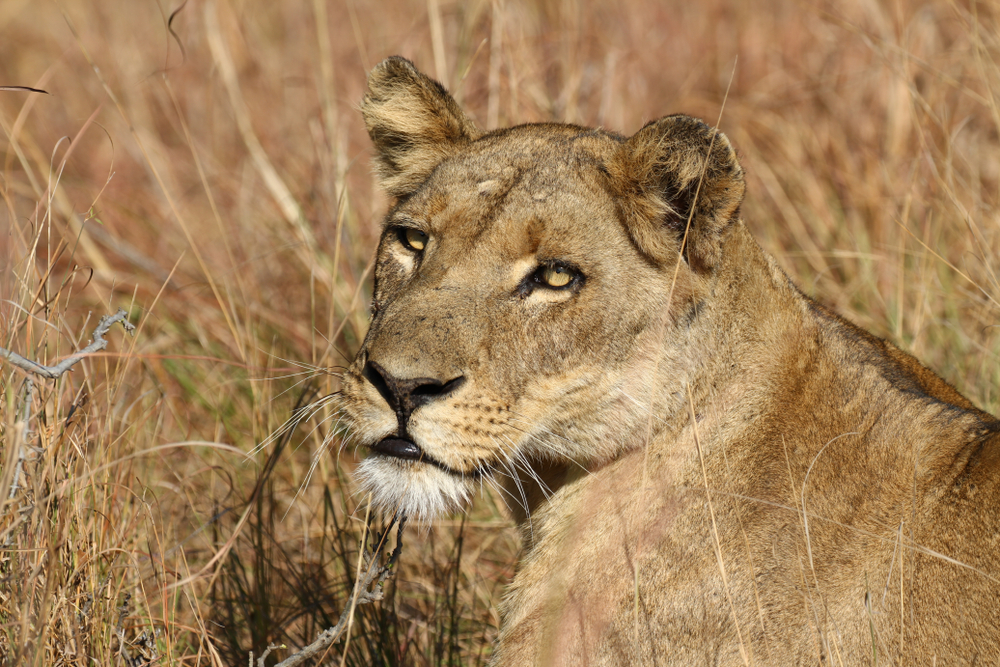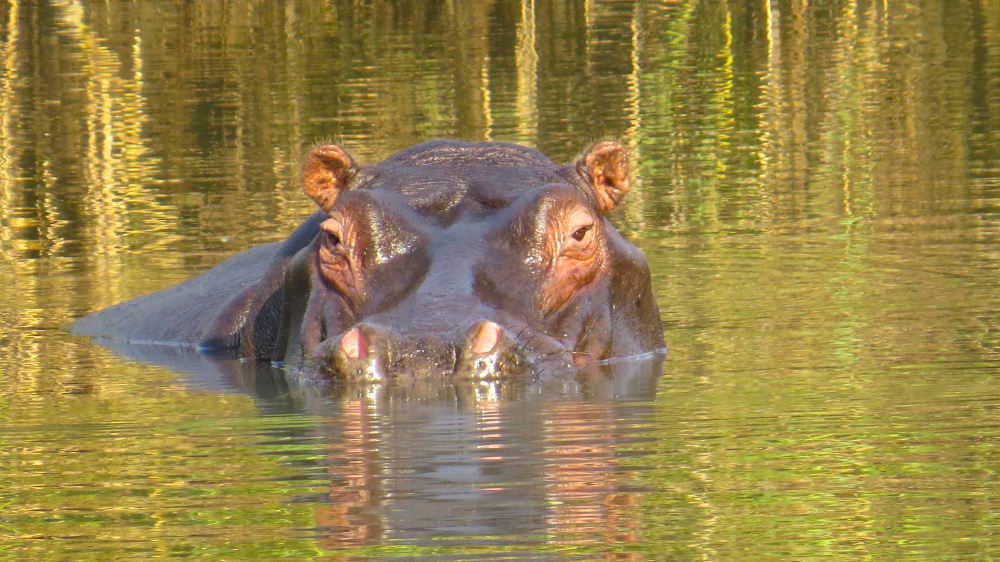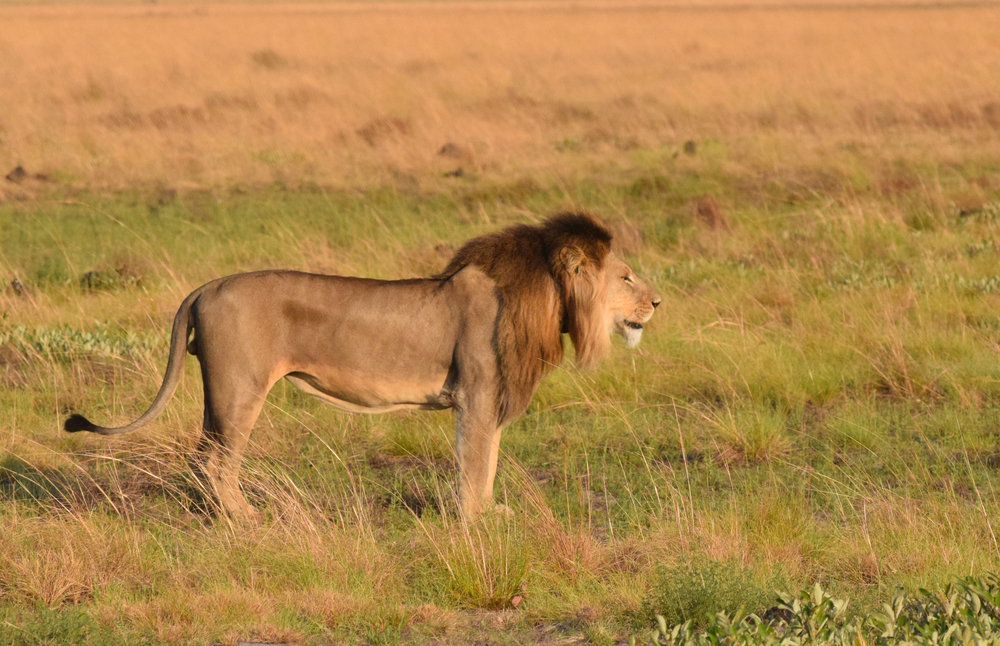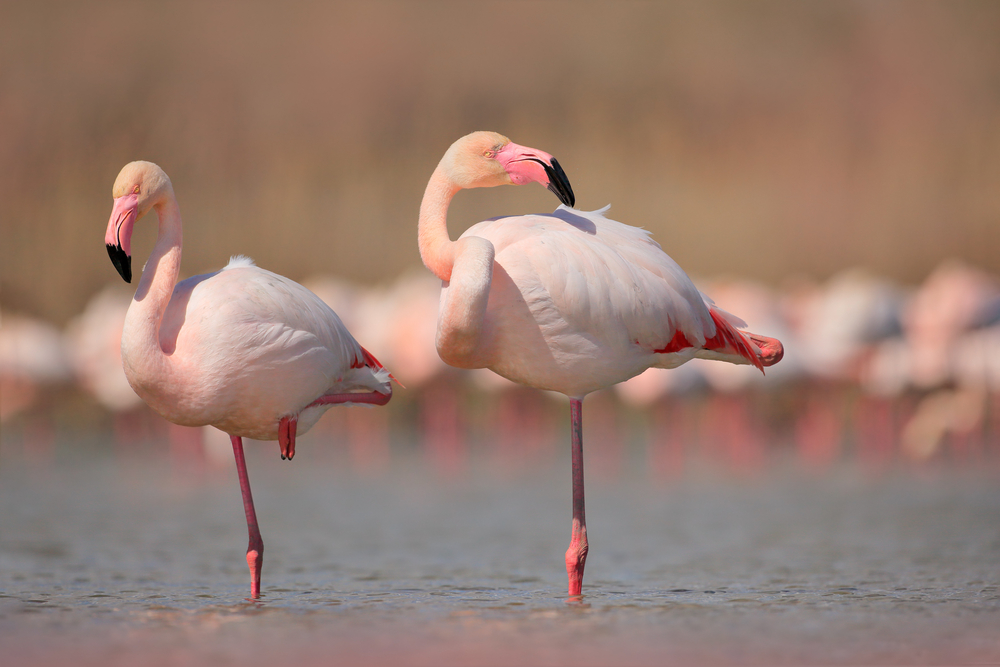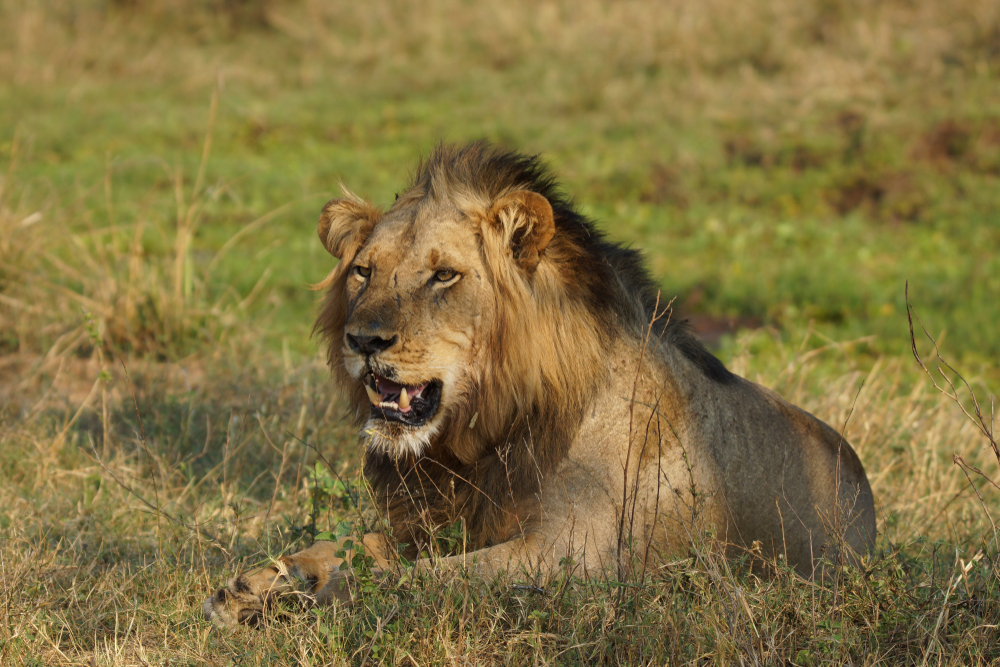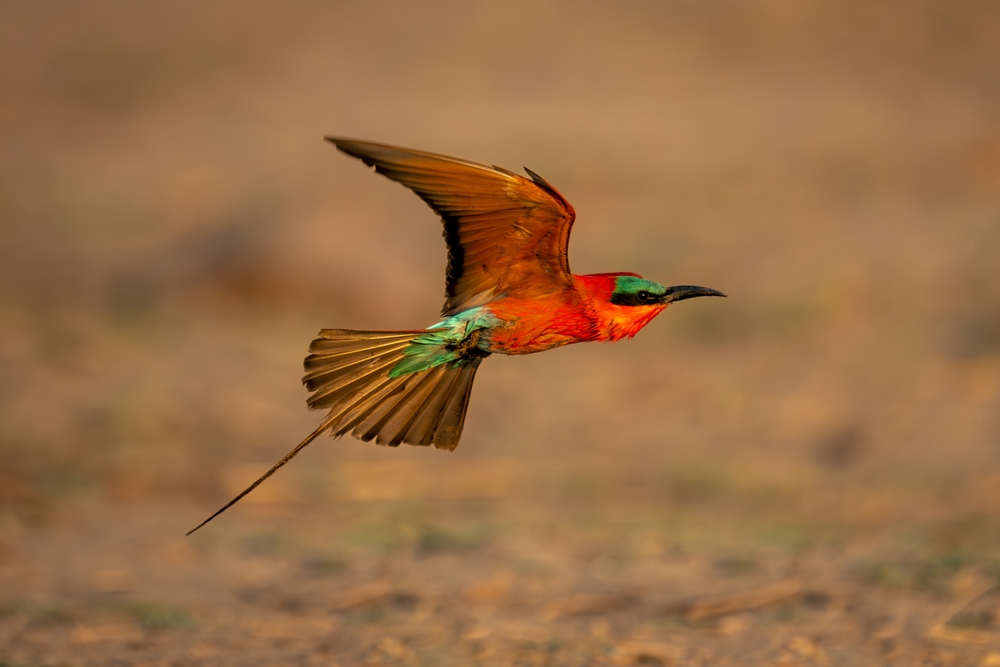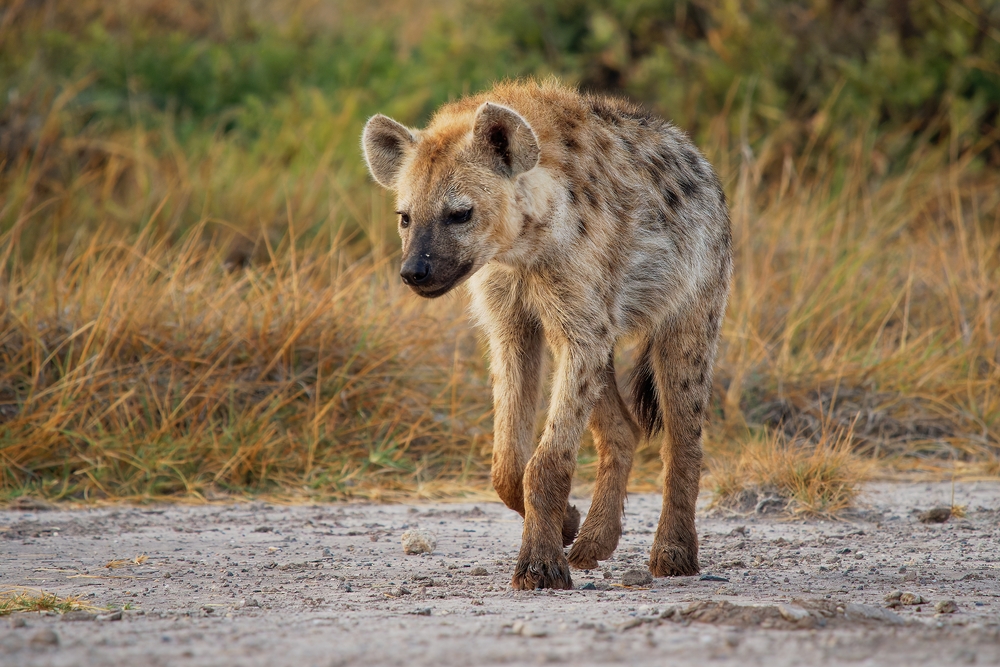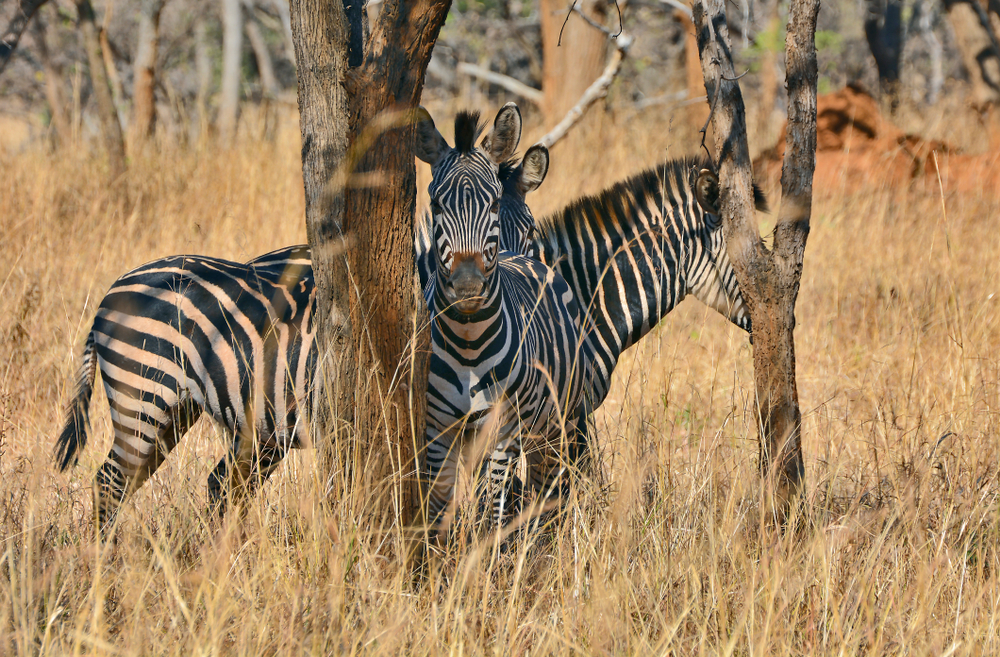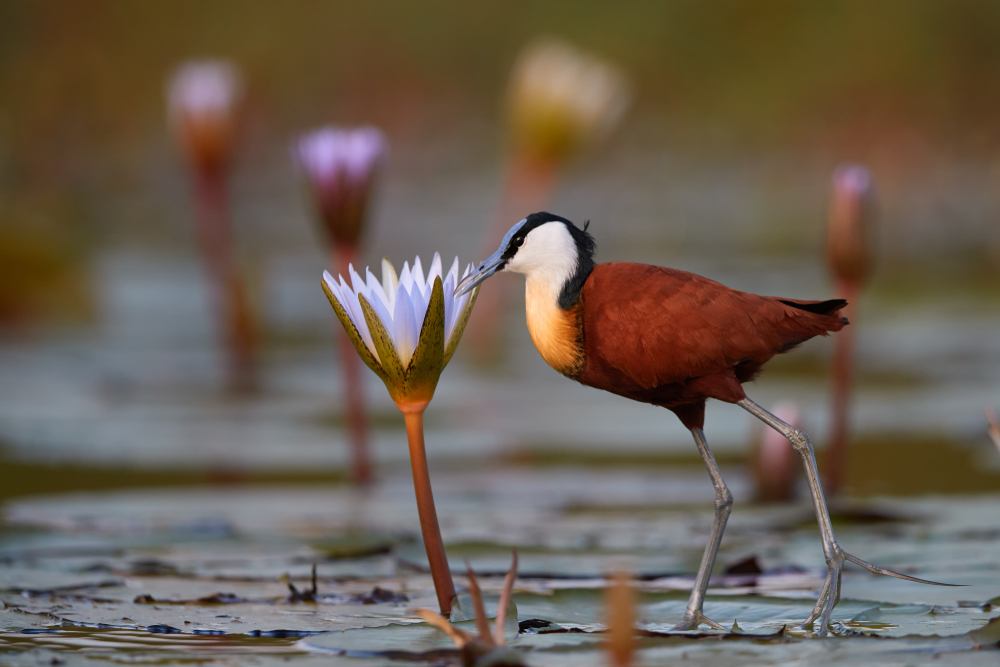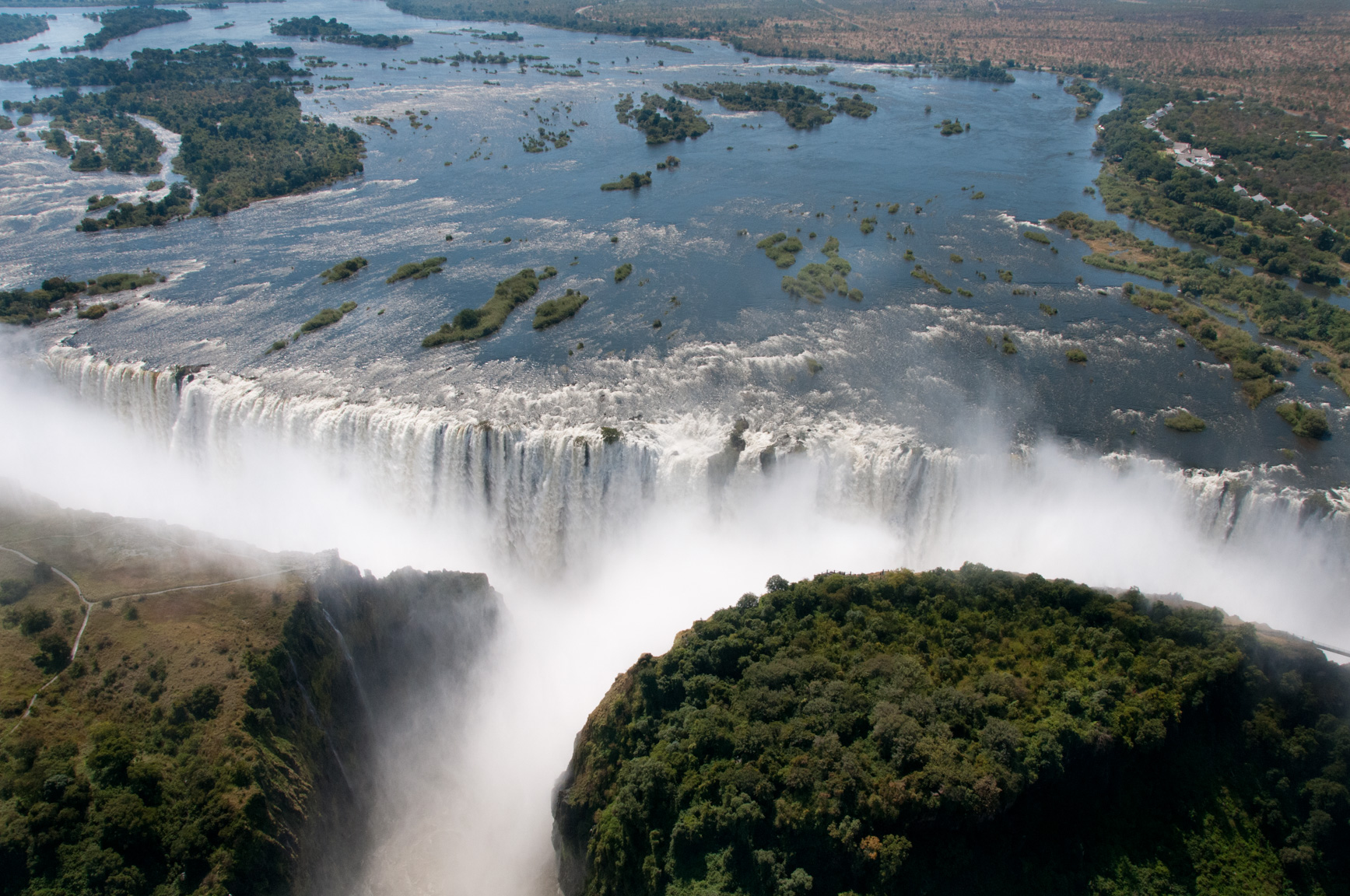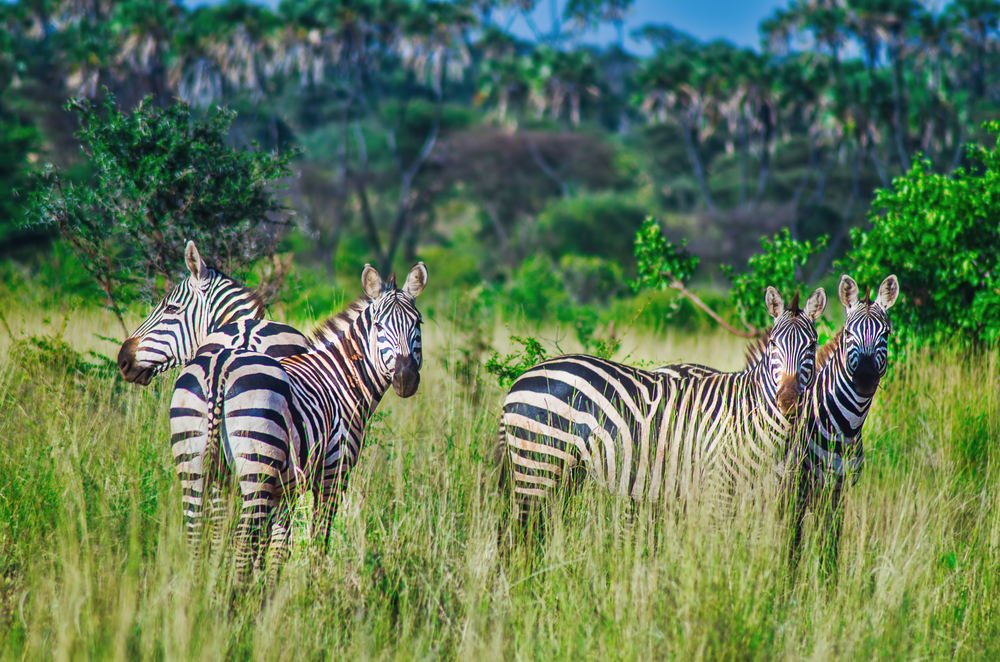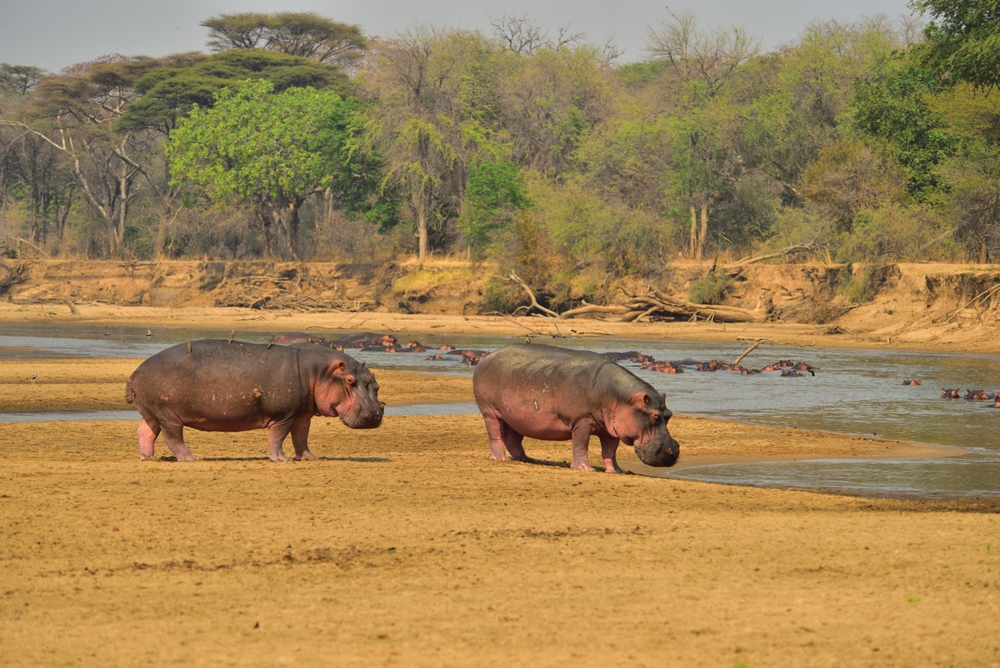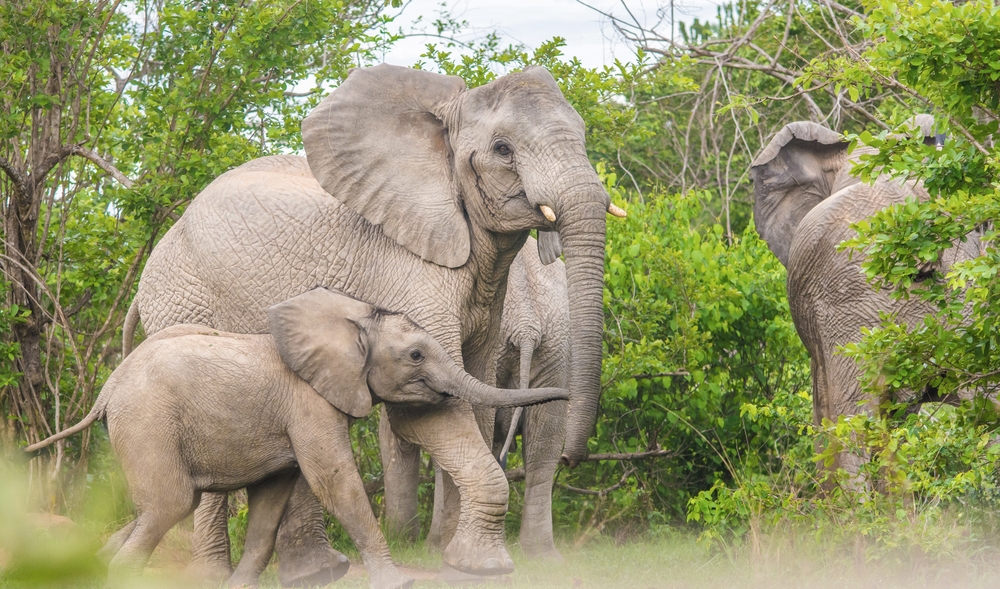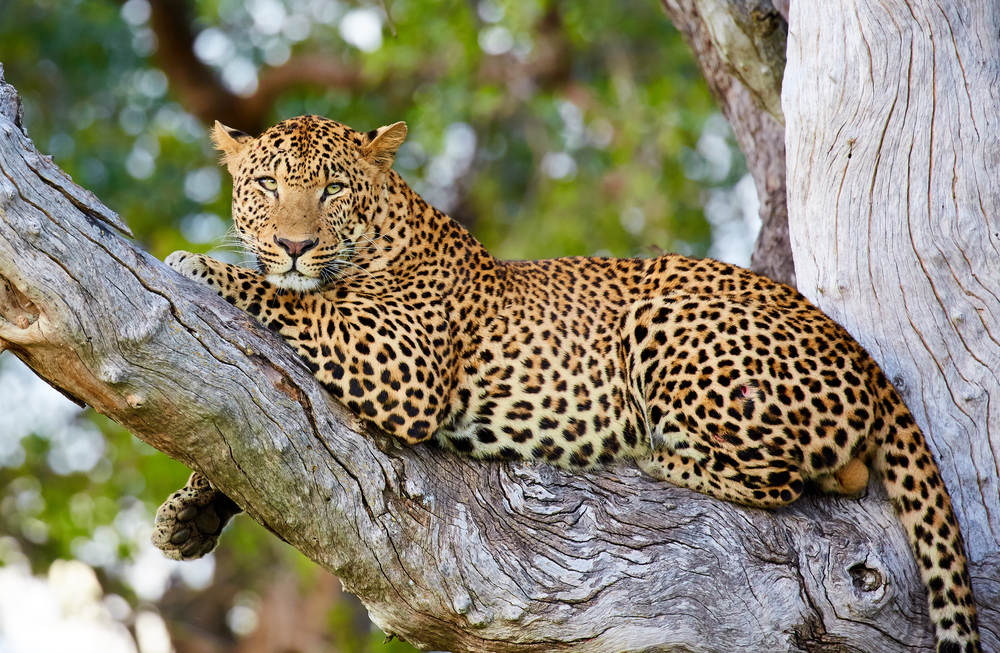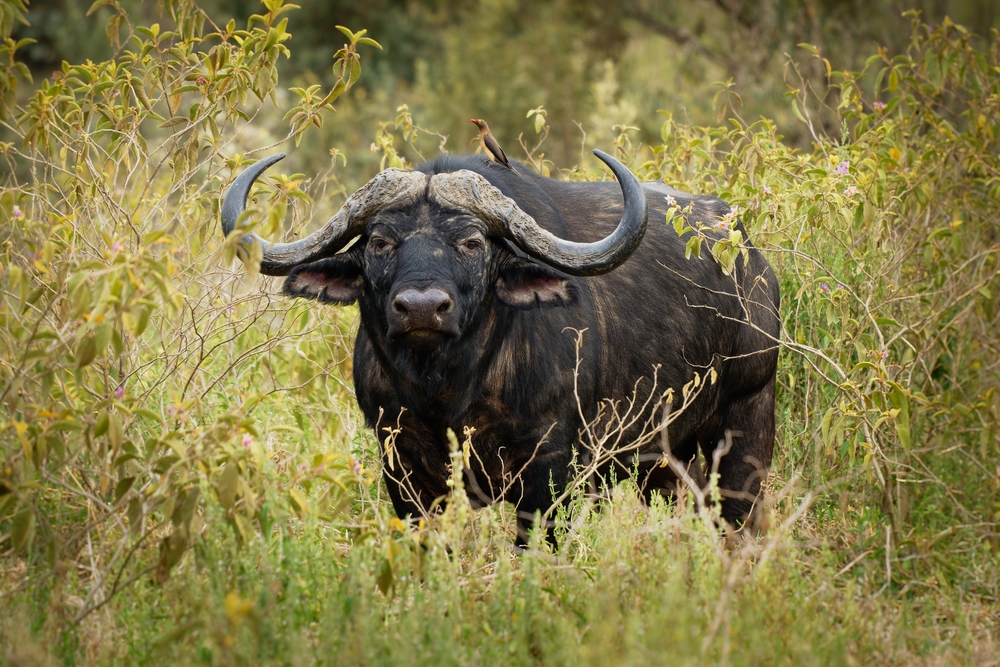Zambia is home to an impressive array of national parks, with 20 officially designated areas showcasing the country’s breathtaking landscapes, abundant wildlife, and diverse ecosystems. These parks span vast terrains, from wetlands and rivers to savannas, woodlands, and escarpments, offering visitors unparalleled opportunities to experience Africa’s natural beauty and biodiversity. Zambia’s parks are celebrated for their unspoiled wilderness, offering an authentic and raw connection to nature, making them ideal for safari enthusiasts, adventurers, and conservationists alike.
Among Zambia’s most iconic destinations is South Luangwa National Park, often referred to as the “crown jewel” of Zambian wildlife reserves. Located in the picturesque Luangwa Valley, this park is world-renowned for its walking safaris, which provide an intimate encounter with nature. It boasts dense wildlife populations, including elephants, lions, leopards, giraffes, and over 400 bird species. The Luangwa River, a lifeline for the park, supports rich ecosystems and attracts hippos, crocodiles, and herds of herbivores, creating a dynamic environment for predators and prey.
Another standout is Lower Zambezi National Park, nestled along the majestic Zambezi River. This park’s stunning scenery includes floodplains, woodlands, and riverine landscapes, offering a mix of water-based and traditional safari activities. Canoeing along the Zambezi allows visitors to witness elephants, buffalo, and various antelope species at close range, while game drives reveal lions, leopards, and hyenas in their natural habitat. Lower Zambezi’s remoteness ensures a pristine wilderness experience that captivates all who visit.
Kafue National Park, one of Africa’s largest, spans an incredible 22,400 square kilometers and is a testament to Zambia’s commitment to preserving its natural heritage. Kafue is known for its diversity of habitats, from vast floodplains to miombo woodlands, and is home to species such as cheetahs, African wild dogs, and the elusive sitatunga. The park offers a sense of solitude and discovery, appealing to those who seek off-the-beaten-path experiences.
Mosi-oa-Tunya National Park, situated near the famous Victoria Falls, combines natural beauty with cultural and historical significance. The park is home to white rhinos, zebras, giraffes, and warthogs, offering a more relaxed safari experience while allowing visitors to marvel at the thunderous falls, a UNESCO World Heritage Site.
Despite their beauty, Zambia’s parks face challenges such as poaching, habitat loss, and human-wildlife conflict. However, conservation efforts, including anti-poaching patrols, eco-tourism initiatives, and partnerships between government agencies, NGOs, and local communities, are yielding positive results. These efforts ensure the long-term sustainability of Zambia’s rich natural heritage while empowering local communities to benefit from tourism.










































































